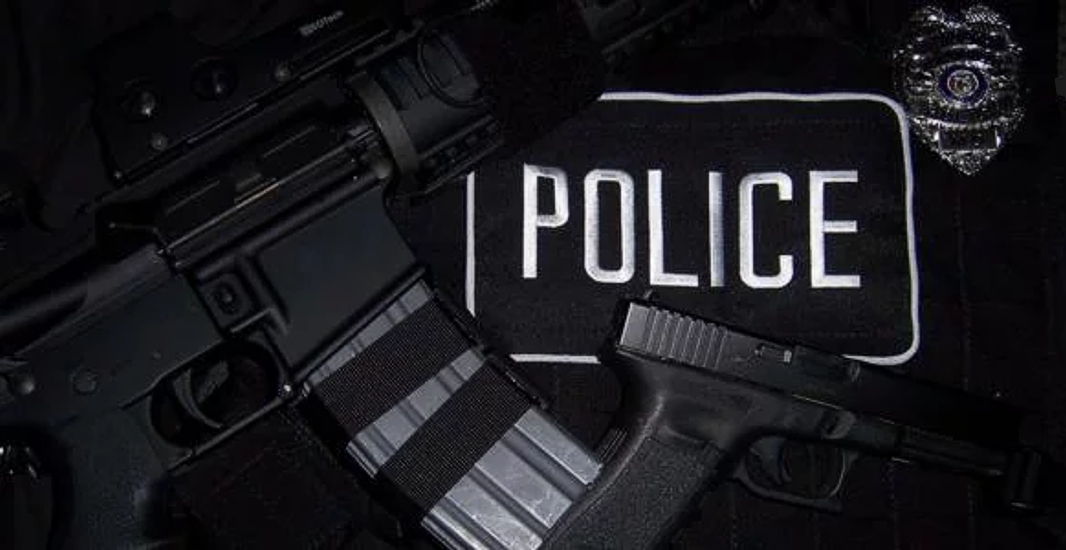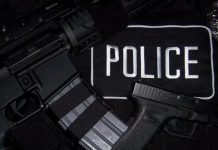The average police officer may work his entire career without having to discharge his weapon in the line of duty. This leads the officers into a sense of self- confidence and security, which can evaporate quickly when a suspect turns violent.
Police officers perform essentially the same functions day after day and it is easy for complacency to set in. An officer may think that since nothing happened yesterday and that he/she has answered the same alarm call at the same time and place 99 times before that number 100 will be no different. These are the thoughts that get police officers killed because each call, no matter how similar in nature to the last, presents its own unique set of circumstances requiring a police officer to be alert and careful.
People who attack police officers look at the uniform and forget the human being that is wearing it because the uniform is a symbol of the government, which they may believe is responsible for their troubles and interference with their lives. When they attack a police officer, it was not because of who he is as a person but what he represents to them.
Psychologists and psychiatrists use the term “negative institutional transference” to describe what happens when a person inappropriately vents his/her hostile feelings toward an institution like the government or a government official like a police officer.
Another reason criminals use violence against police officers is to escape capture or suppress evidence. The latest trend involves gang members assaulting police officers in order to gain status among peers. By assaulting a police officer, the gang member establishes a reputation for willingness to use violence and this instills fear in other gang members.
Each of these reasons explains the motives for violence against police officers to some degree. However, there are three other important reasons why people attack law enforcement officers.
The first reason is that the officer represents some kind of threat to the offender, such as the threat of punishment or interference in a criminal act.
The second reason an offender may attack is that he believes that the officer is vulnerable to assault.
Third, the offender possesses the means to do harm.
When the offender has the motive, opportunity and the means to assault an officer, the chances of an officer being injured or killed increases dramatically. It becomes possible to view the officer in the center of the three sided “Triangle of Violence” made up by.
The first thing to realize about interacting with suspects and offenders is that they always present a potential for being dangerous.
The second is that there are no techniques for dealing with them that work all the time. There will be times, despite the best effort of the officer, that they will resort to violence.
However, there are numerous options for an officer to reduce the potential for violence when encountering a dangerous person. These options include: (1) keeping out of the triangle of violence; (2) developing a sense of awareness; (3) applying color codes when you are in public places (see page 28); (4) following established procedures when confronting or interviewing suspects; (5) never giving the tactical advantage; and (6) never giving up the will to survive when attacked.
To stay out of the triangle of violence it is important to prevent at least one of the sides of the triangle from being formed.
The first side of the triangle is motive. The criminal is threatened by the officer’s ability to capture and punish him and his motive is to avoid capture. The law enforcement officer is someone that keeps the criminal from getting what they want, so if the officer appears weak and vulnerable, the criminal is likely to believe that he can get away with harming the officer; therefore the officer’s chances of getting attacked increase.
A police officer can protect him/herself by presenting an image of competence and authority by standing straight and speaking in a clear and firm manner. Officers should speak in an assertive manner, but not in an aggressive manner because the officer’s aggressive speech may stimulate the suspect to become violent.
Projecting an image of authority, assertiveness, civility and competence may not be enough to reduce a suspect’s motive to commit violence.
The recent traffic stop killing of a police officer in Cortez, Colorado, and the similar killing of an officer in Winslow, Arizona, both indicate that the suspect may have a powerful motive for violence of which an officer may not be aware. In both cases, the officers stopped a vehicle and were unaware of the full extent of the criminal activities of the occupants. Both officers were killed as they approached the suspect’s vehicle.
Eighty percent of the officers deaths in Killed In the Line of Duty took place when the officer initially approached the suspect.
Therefore, a second way of handling the motive side of the triangle is to get as much information as possible before approaching the suspect. Use the radio to call for backup and run a license plate check to see if the vehicle is stolen or wanted before approaching the vehicle.
In short, an officer needs to get all the information he/she can before acting. Sometimes, an officer makes the mistake of assuming that he/she is sufficiently street wise to size up a suspect quickly and approach him without a plan.
It is important to note that one of the characteristics of the officer-victims studied by the FBI was the officer mistakenly felt they he/she could “read” the criminal’s intent. This gave the officer a false sense of confidence and allowed him to become the victim.
The second side of the triangle is composed of the suspect having the means to do the officer harm.
The FBI study found that most officer deaths and injuries were caused by handguns. This is to be expected since handguns are easy to conceal and are quick to bring into action.
Moreover, anything, including hands and feet, can become a lethal weapon. One of the biggest mistakes a police officer can make is not watching the suspect’s hands.
Officers should scan the suspect’s clothing for pockets that sag or suspicious bulges.
Above all, officers should watch the suspect’s body language because the suspect’s words and facial expression might protest their innocence.
Another dangerous situation is where the suspect will not show the officer his hands and the suspect’s body language is conveying danger signs. A police officer must break himself/herself of society’s rule of looking one in the eyes while speaking.
In police work an officer must approach the suspect with a plan of action and be observant of the surroundings and the suspect’s clothes, actions, body language and most importantly his hands. There is an old saying in the law enforcement community that rookies are told, “It is the suspect’s hands that are going to kill you not his eyes; control his means of hurting you and you have won half the battle”.
The third side of the triangle is opportunity.
Limiting the suspect’s opportunity comes from accepted law enforcement techniques taught in the police academies such as the proper way to conduct felony traffic stops, approaching suspects, conducting interviews and searches and making arrests where the police officer has the maximum control over the situation.
It is important to realize that a common characteristic of officer-victims studied in Killed in the Line of duty was they did not follow these accepted procedures, especially with respect to arrest, confrontations with prisoners, traffic stops, and waiting for backup.
These officers died because they did not follow departmental regulations and training doctrines and put themselves in imminent jeopardy when they gave the suspect the means, motive and opportunity to either injure or kill the officer.




